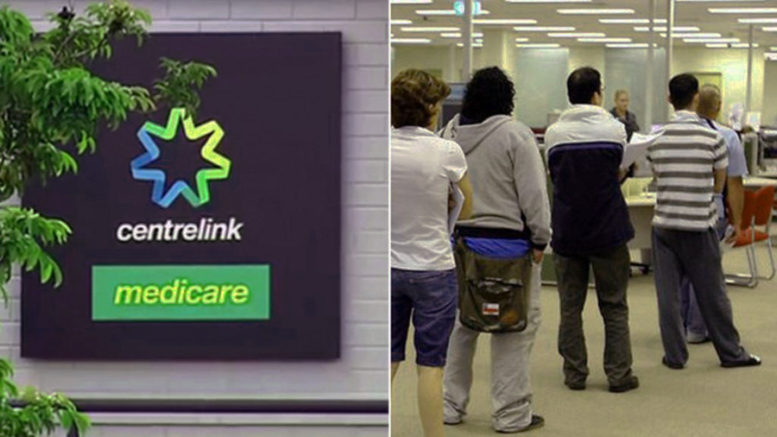Contributed by Ben Wilson
Greens Senator Rachel Siewert asked for some information from the Department of Human Services, and found that at least 2030 Centrelink recipients died between July 2016 and October 2018, the time over which the Robo-Debt system has been operating.
This does not include deaths of those on the Age pension.
Although it is impossible to tell how many were directly linked to experiences in dealing with Centrelink, the number of cases is significant enough to assume that there is some connection.
In addition, because the Department does not put a high priority on collecting data relevant to this, what is shown is highly likely to be an under estimation of the full extent of the problem.
More than 500 of those who died were on Newstart and 520 on Disability Support. Of the total, 429 were under 35.
In comparison with the 3139 of the same age group total Australian population between who died in 2016, according to the Australian Institute of Health and Welfare, the number is significant.
It tells us that the failure to properly monitor the relationship between being a Centrelink recipient and death requires much closer monitoring and more extensive research.
Most importantly, it requires measures to cut down the death toll.
Although the Department fails to collect sufficient data on cause of death, it is known that about a third, 663 individuals, were classified as vulnerable, meaning that they had complex needs like mental illness, drug use problems or were victims of domestic violence.
A system designed to stigmatise a group of people, which has hurdles built into it, treats applicants for payments as culprits, until they can prove their innocence, and then issues unmerited debts, is bound to bring a lot of anguish to those affected.
For someone who is already vulnerable, this could be enough to push them over the edge, bring a deterioration in their health and even cause some to take their own lives.
This is backed by evidence form a Senate inquiry that found getting a debt notice from Centrelink when you’ve done nothing wrong can bring on depression and anxiety.
Senator Siewert said: “People talk about feeling stressed and anxious through the system, feeling humiliated and they get depressed.”
This is wrong. We’re supposed to be living in an age where we have some compassion for our fellow human beings, and government departments are supposed to have a duty of care for those they are dealing with.
If this is so, the punitive system, designed primarily as a cost cutting exercise, must be put to an end. Over the period in question $2.9 billion has been trimmed off welfare payments.
The over emphasis on cost cutting, takes away from the fact that a properly functioning welfare system is about providing adequate support, for the poorest and most vulnerable members of our community.
Australia is clearly failing in this regard.


Yes, the system now works to attack the vulnerable, young and old.
As if it wasn’t enough that they changed the asset test and bumped 300,000 oldies off their measly part pensions, now they discover that they again need to complete the mountainous paperwork to reapply all over again. They are being overwhelmed and being treated as if they never existed…killing them off slowly as their anxiety kicks in. 80year olds trying to deal with this? What a shameful government we have.